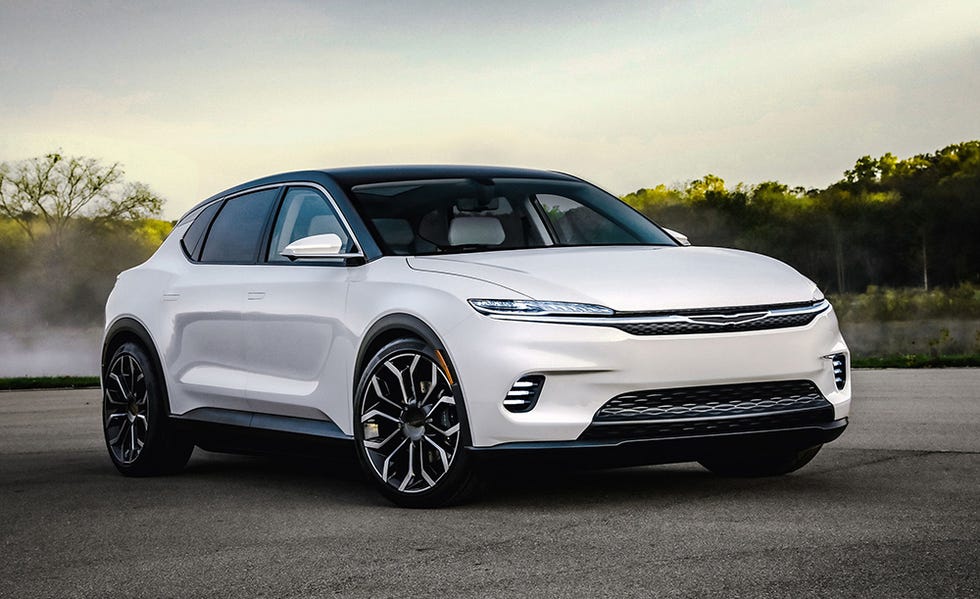Electric vehicles (EVs) are transforming the way we drive, not just by eliminating tailpipe emissions, but also by introducing new technologies that improve efficiency and performance. One such innovation is regenerative braking—a system that not only slows down the car but also helps recharge the battery in the process. In this article, we’ll explain what regenerative braking is, how it works in electric vehicles, and why it’s a key component in the EV revolution.
What Is Regenerative Braking?
Regenerative braking (often called “regen braking”) is a technology used in electric and hybrid vehicles that converts kinetic energy into electrical energy during deceleration. Unlike traditional braking systems, which convert kinetic energy into heat through friction (and waste it), regenerative braking captures that energy and stores it back in the vehicle’s battery.
How Regenerative Braking Works
Here’s a simplified breakdown of the process:
- Deceleration or Braking Begins
When the driver takes their foot off the accelerator or presses the brake pedal, the vehicle begins to slow down. - Electric Motor Reverses Function
In an EV, the same electric motor that drives the car forward now runs in reverse. This makes it act like a generator. - Kinetic Energy Becomes Electricity
The wheels, still in motion, turn the motor backward, which generates electricity. - Battery Recharges
The electricity generated is then sent back into the battery pack, effectively storing energy that would otherwise be lost.
Regenerative Braking vs. Traditional Braking
| Feature | Regenerative Braking | Traditional Braking |
|---|---|---|
| Energy Use | Recovers and stores energy | Dissipates energy as heat |
| Brake Component Wear | Reduces wear on brake pads | High wear due to friction |
| Battery Charging | Recharges battery during braking | No charging function |
| Feel | May feel different or more abrupt | Familiar and linear braking |
In most EVs and hybrids, both systems work together. Regenerative braking handles most of the deceleration, and friction brakes kick in when needed—like during sudden stops or at very low speeds.
Benefits of Regenerative Braking
1. Improved Energy Efficiency
By capturing energy normally wasted, regenerative braking increases the overall range of the vehicle.
2. Longer Brake Life
Since the system reduces reliance on mechanical brakes, brake pads last longer and require less frequent replacement.
3. Enhanced Driving Experience
Some EVs offer adjustable regen levels, allowing drivers to choose how aggressively the car slows down when lifting off the accelerator—enabling “one-pedal driving.”
4. Eco-Friendly Operation
More energy recovery means less energy wasted, which contributes to the overall sustainability of the vehicle.
Limitations of Regenerative Braking
While effective, regenerative braking has a few limitations:
- Reduced Efficiency at Low Speeds: At very slow speeds, traditional brakes still do most of the work.
- Battery Capacity Dependency: If the battery is full, the system may limit or disable regenerative braking to avoid overcharging.
- Learning Curve for Drivers: New EV drivers may need time to adjust to the different feel of regenerative deceleration.
Pro Tip: Use regenerative braking strategically—lift off the accelerator gradually to maximize energy recovery.
Regenerative Braking in Indian EVs
Many electric vehicles in India, including models like the Tata Nexon EV, MG ZS EV, and Hyundai Kona Electric, feature regenerative braking. Some allow drivers to choose between different regen levels through drive modes or paddles on the steering wheel.
- City Driving: High regen mode is useful for stop-and-go traffic.
- Highway Driving: Lower regen allows for smoother coasting.
As EV infrastructure in India grows, so will the emphasis on energy recovery technologies like regenerative braking to enhance range and efficiency.
Final Thoughts
Regenerative braking is more than just a smart way to slow down—it’s a key technology that improves the performance, efficiency, and eco-friendliness of electric vehicles. As EV adoption grows in India and around the world, regenerative braking will play an even more important role in helping drivers get the most out of every charge.
Understanding how it works empowers you to drive more efficiently and make the most of your EV’s capabilities.

